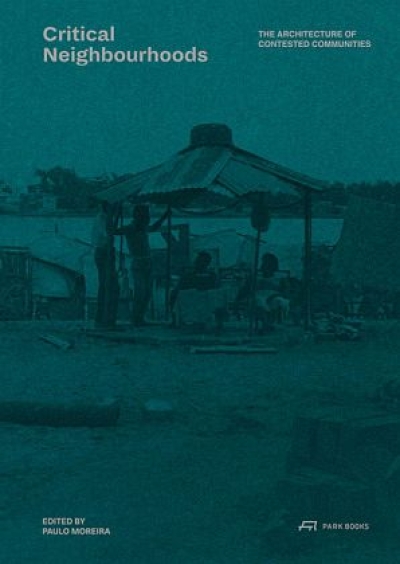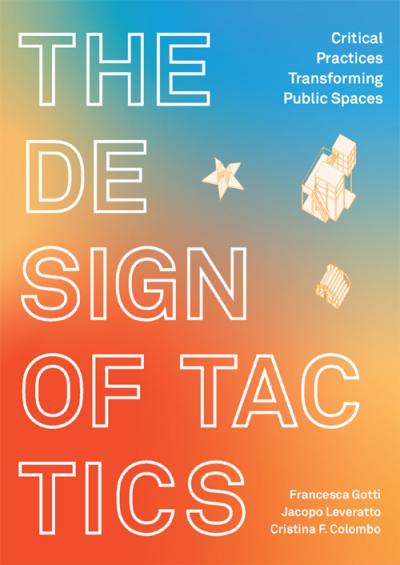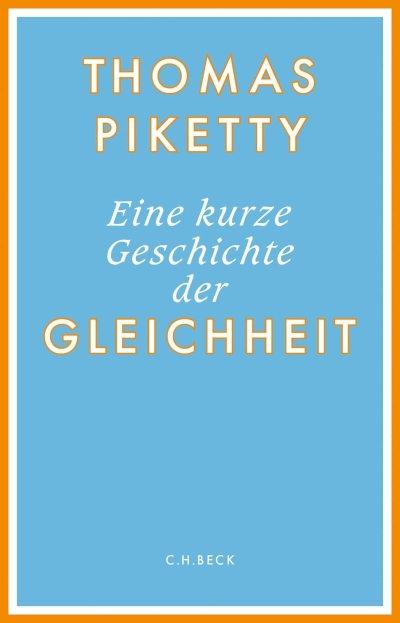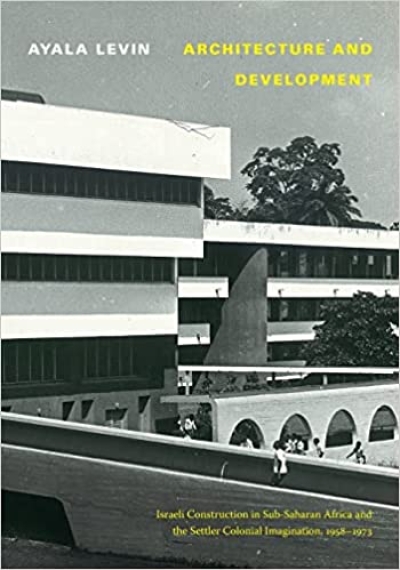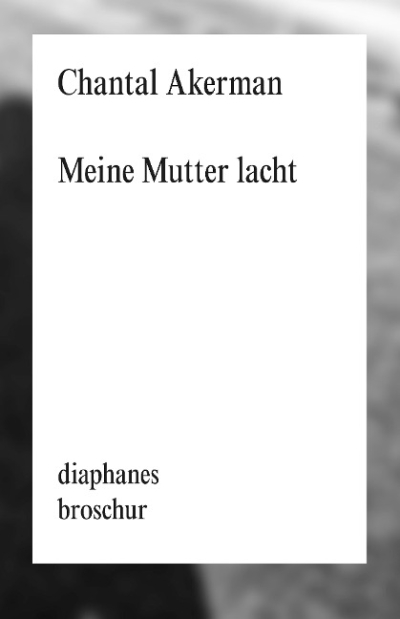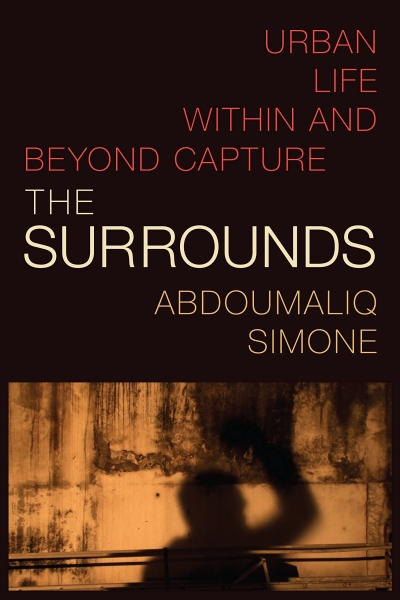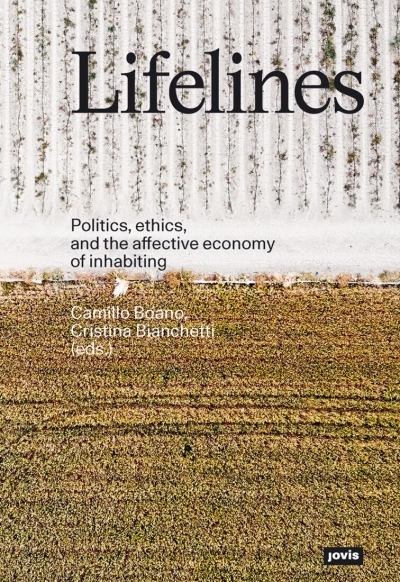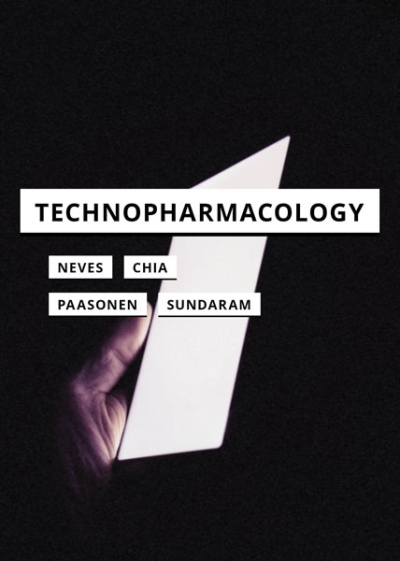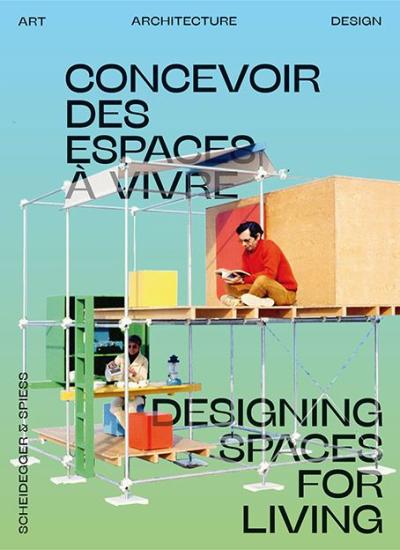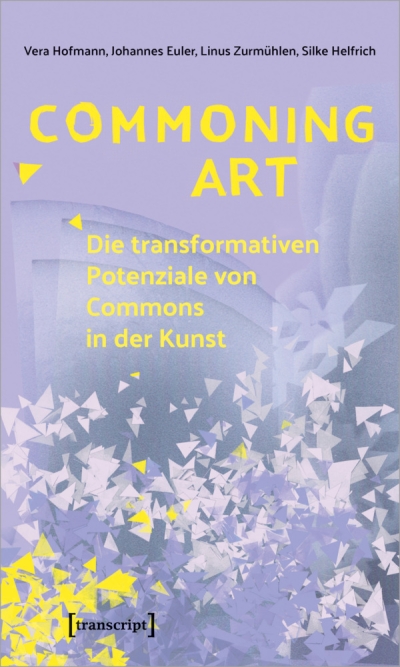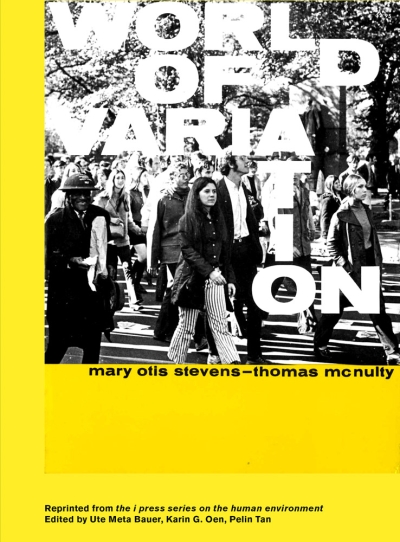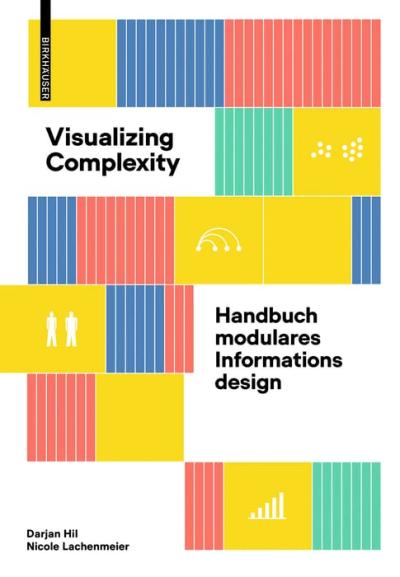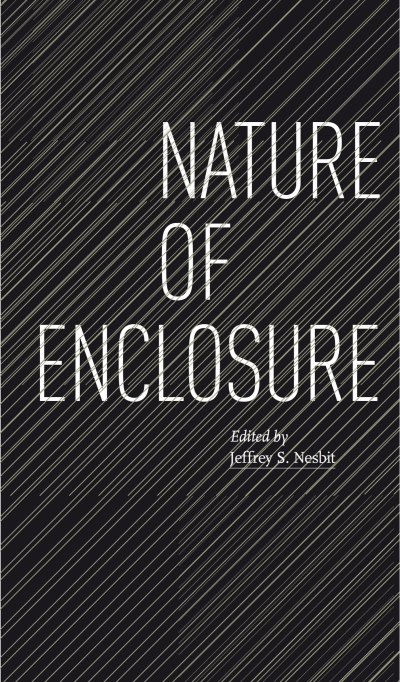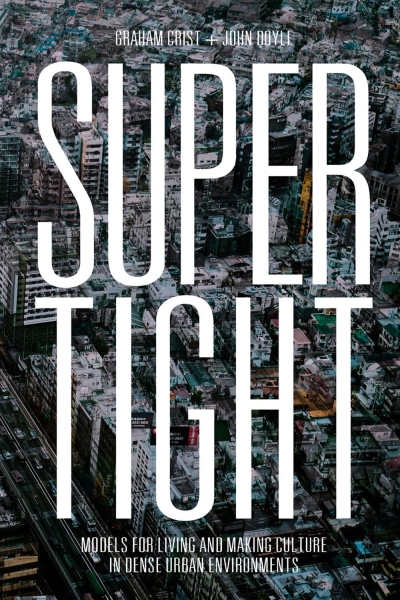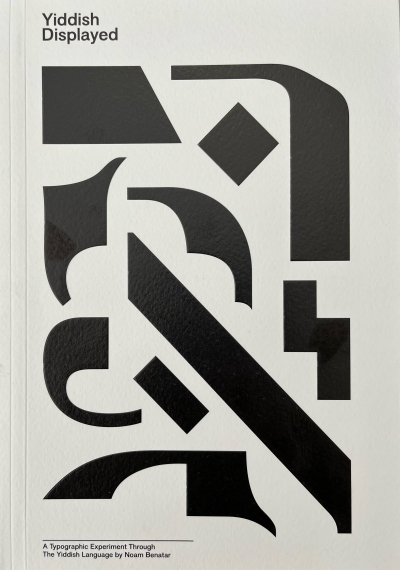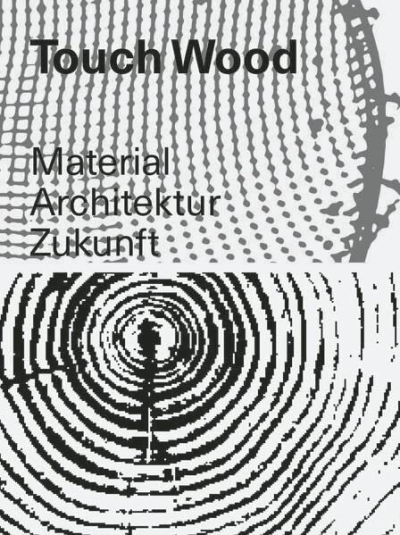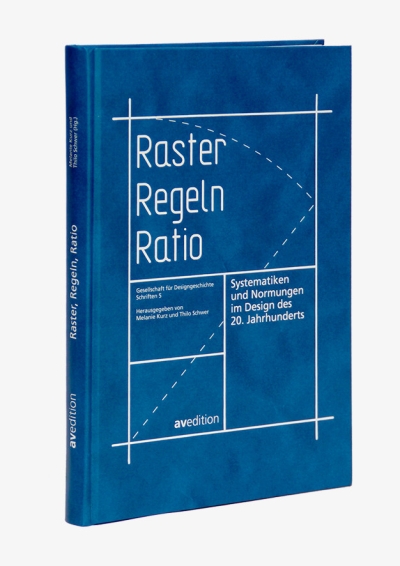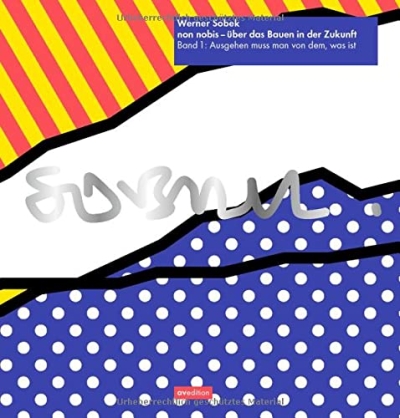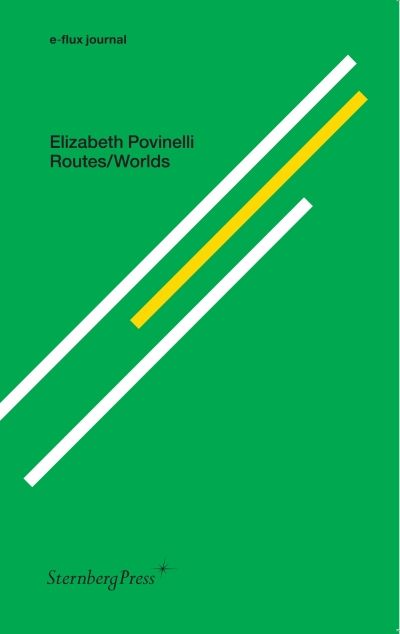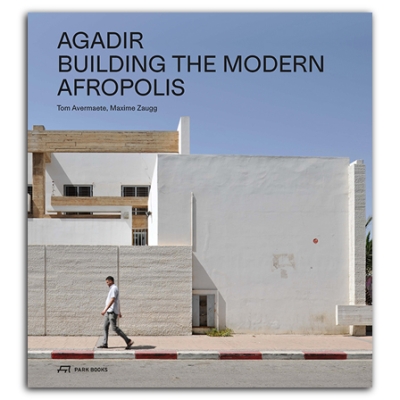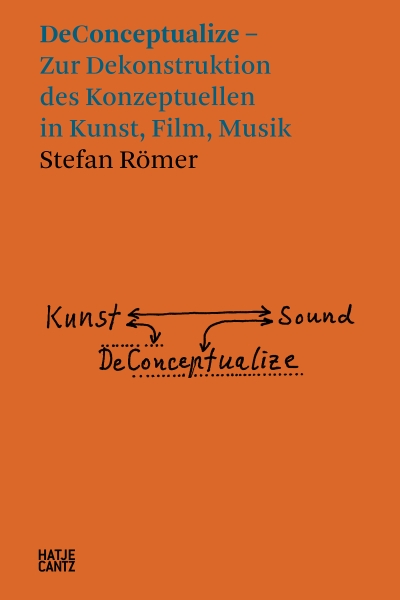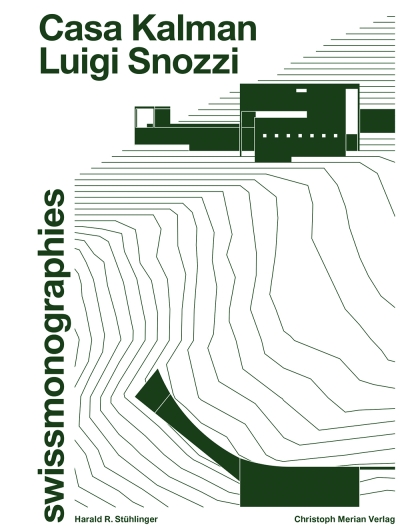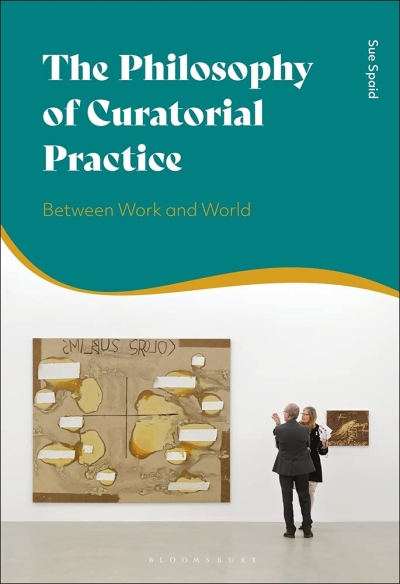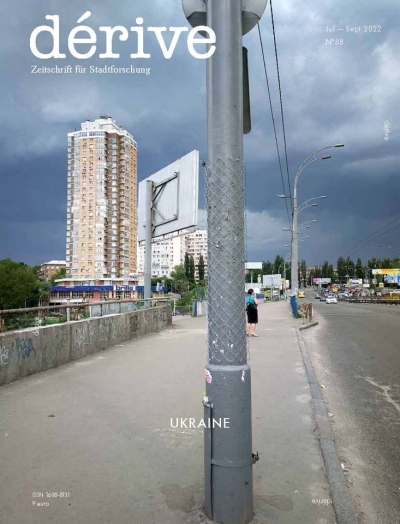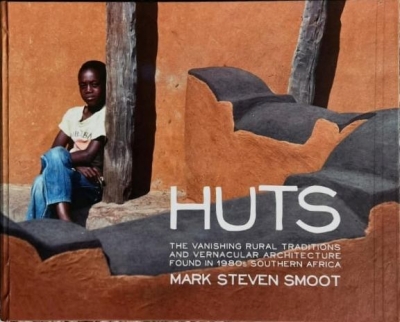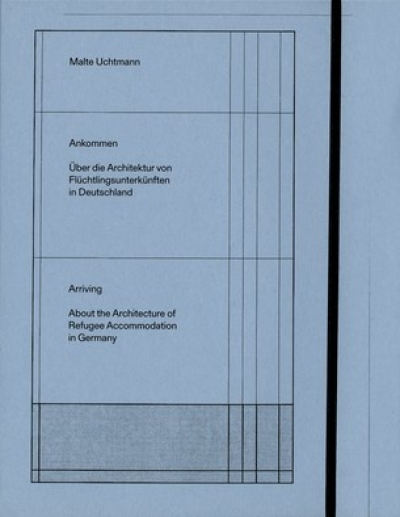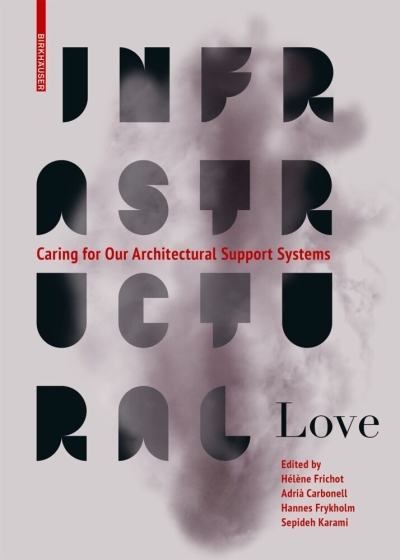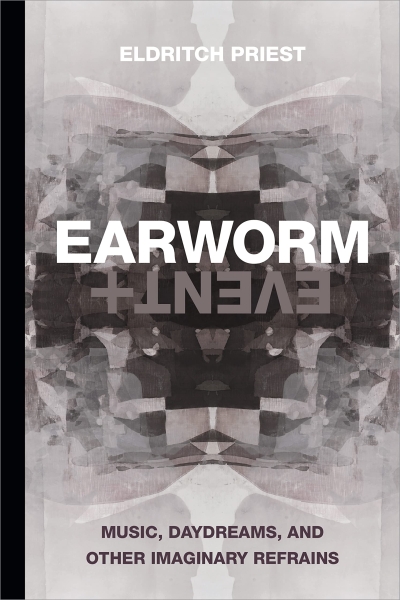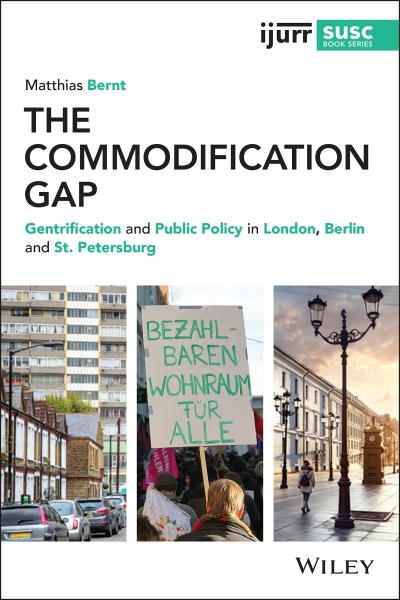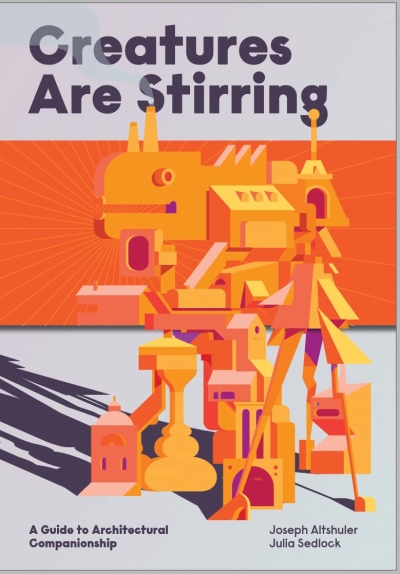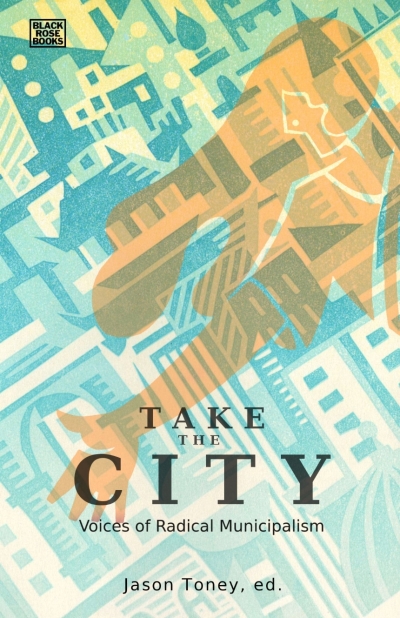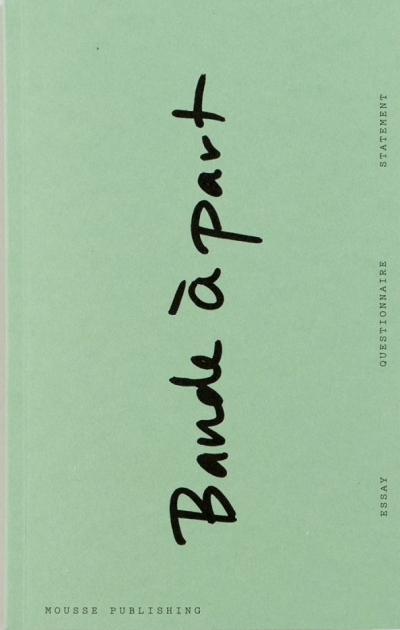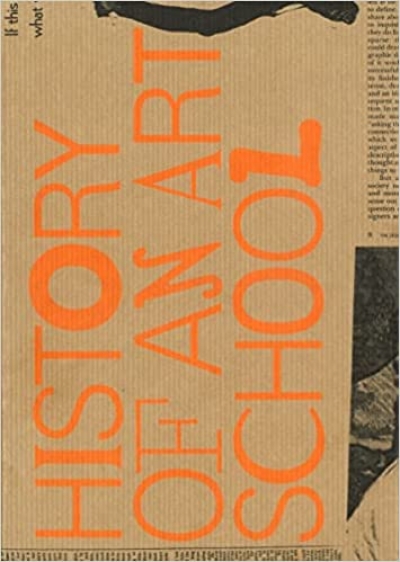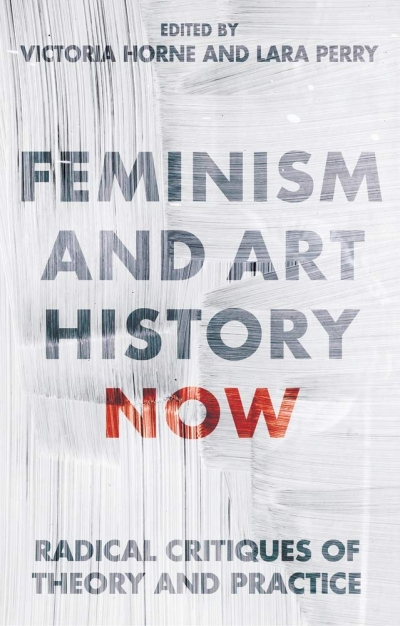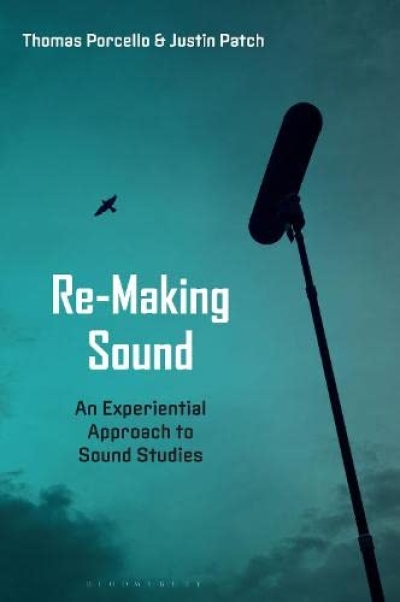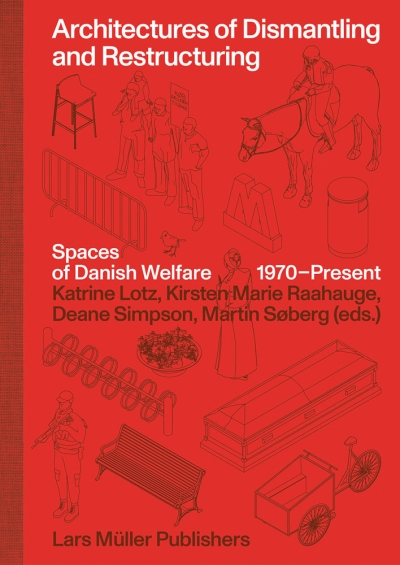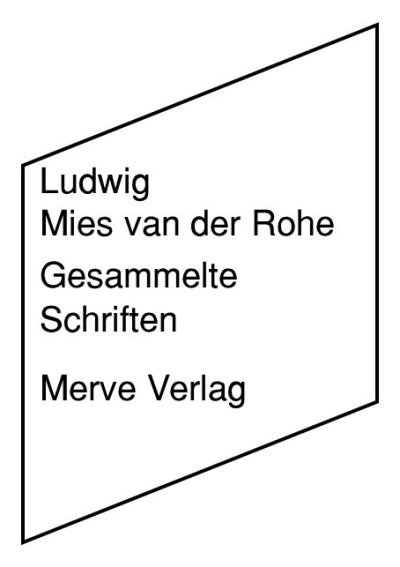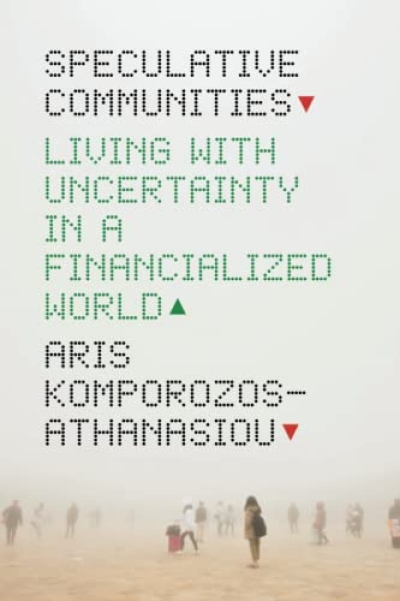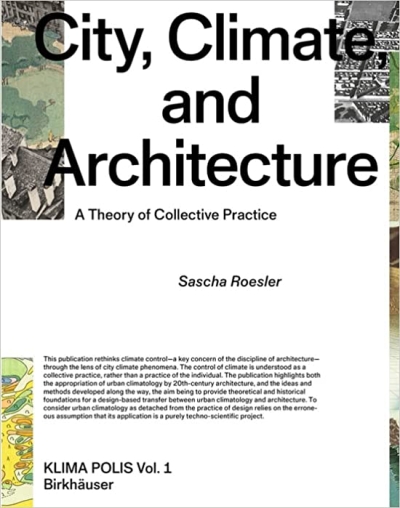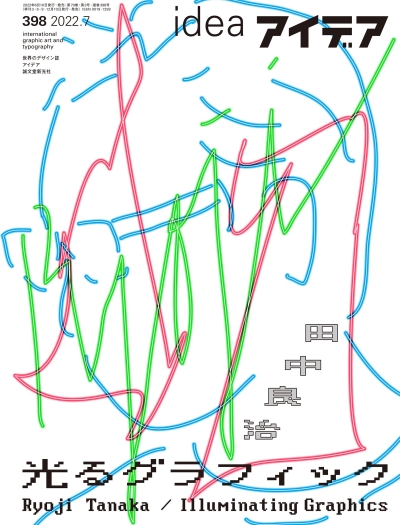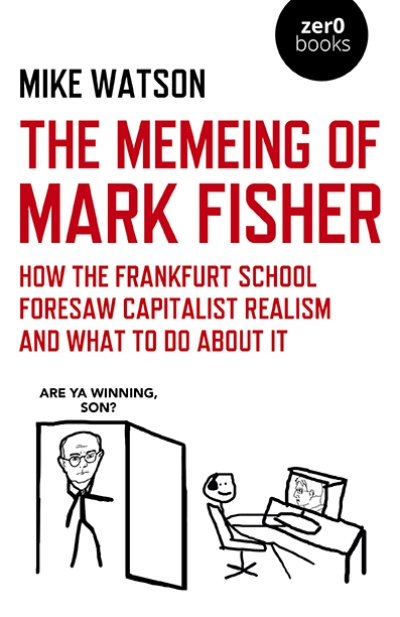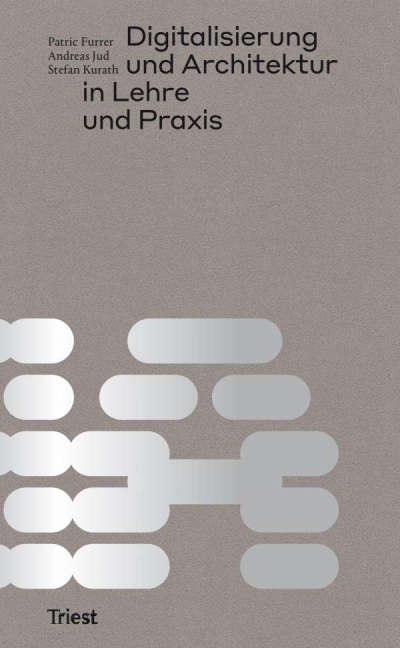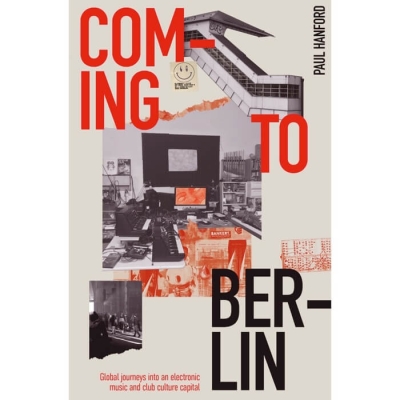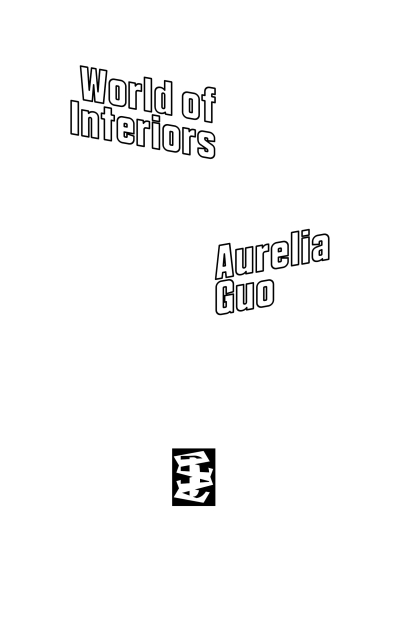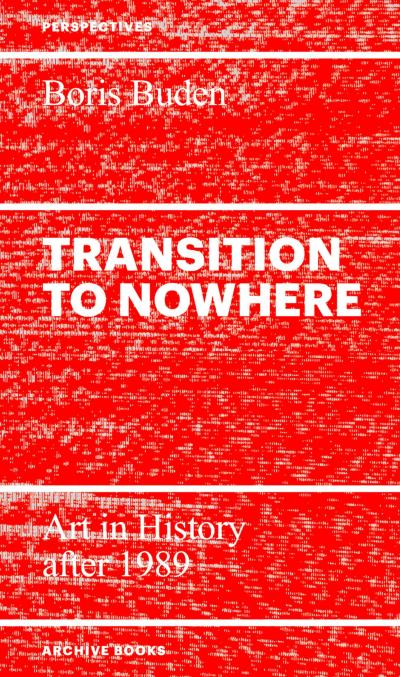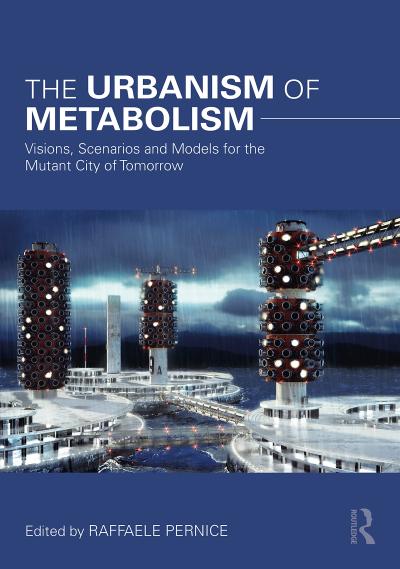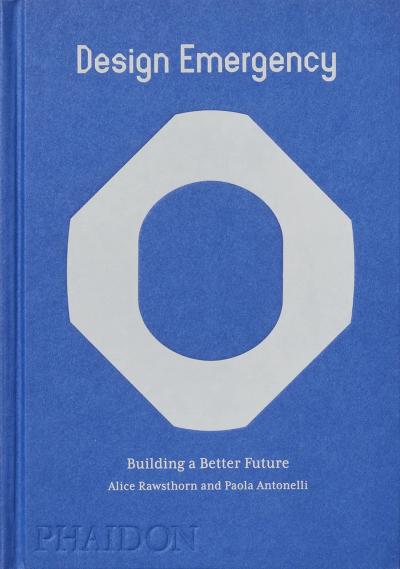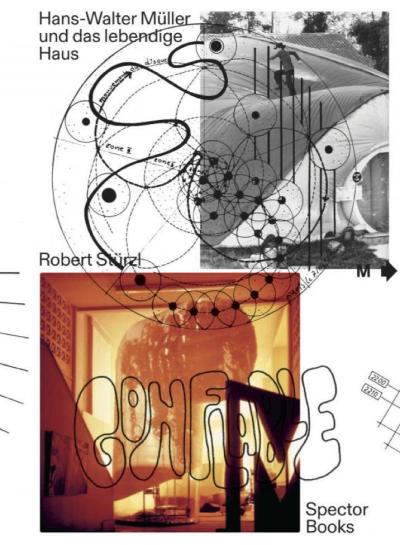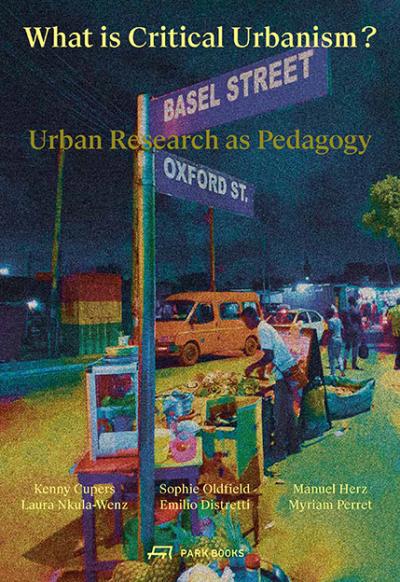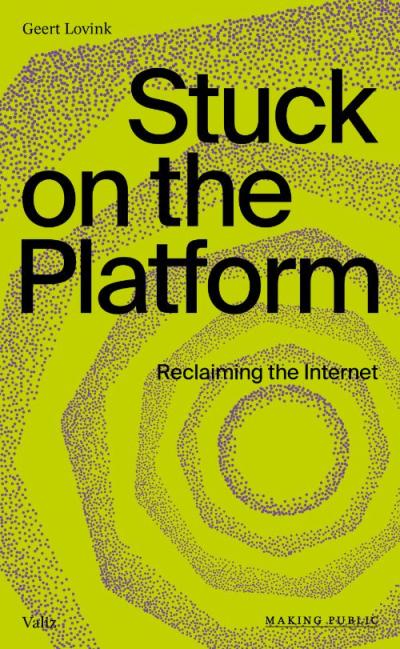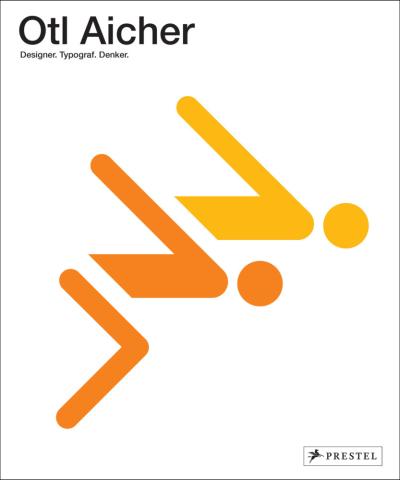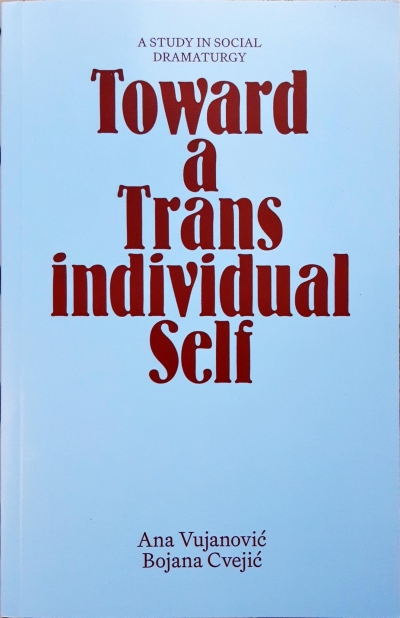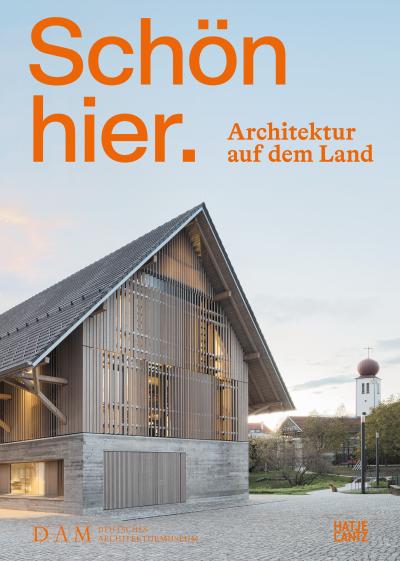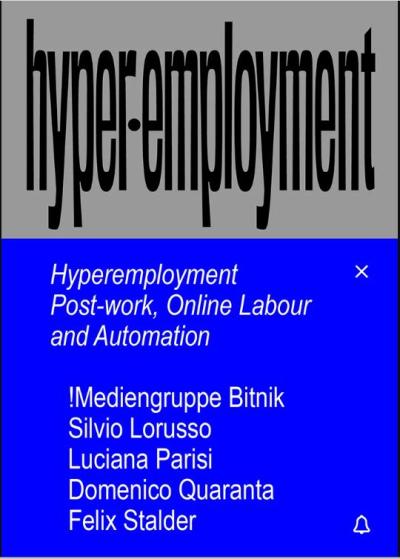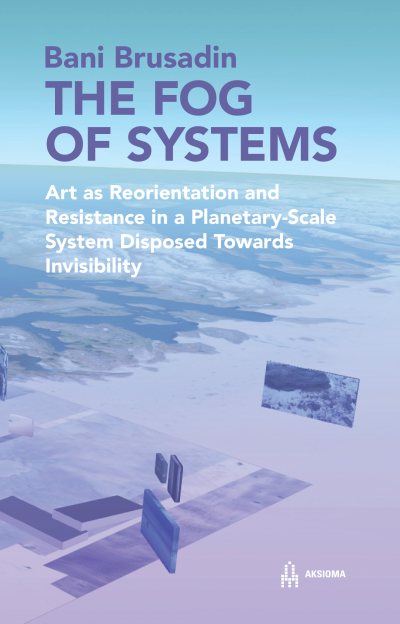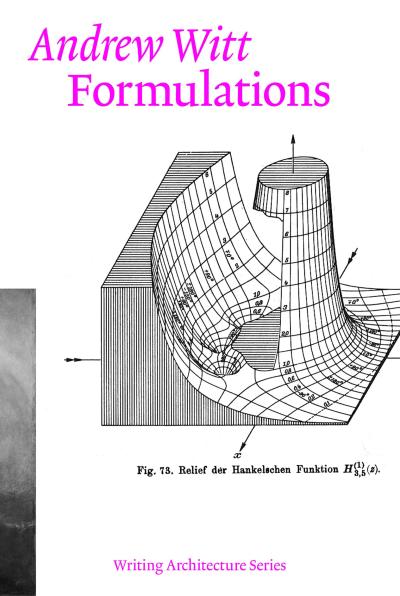Paulo Moreira (Ed.)
Critical Neighbourhoods. The Architecture of Contested…
gerade nicht auf Lager
Muñoz Sanz, V., Thomidou, A., eds.
Roadside Picnics: Encounters with the Uncanny
gerade nicht auf Lager
Francesca Gotti, Jacopo Leveratto,…
The Design of Tactics. Critical Practices Transforming…
gerade nicht auf Lager
Thomas Piketty
Eine kurze Geschichte der Gleichheit
gerade nicht auf Lager
Mary Pepchinski, Christina Budde (eds.)
Women Architects and Politics. Intersections between Gender…
gerade nicht auf Lager
Ayala Levin
Architecture and Development. Israeli Construction in Sub-…
Chantal Akerman
Meine Mutter lacht
gerade nicht auf Lager
AbdouMaliq Simone
The Surrounds. Urban Life within and beyond Capture
Ash Amin, Michele Lancione (Hg)
Grammars of the Urban Ground
Geert Lovink
In der Plattformfalle. Plädoyer zur Rückeroberung des…
Camillo Boano, Cristina Bianchetti (eds…
Lifelines. Politics, Ethics, and the Affective Economy of…
Joshua Neves, Aleena Chia, Susanna…
Technopharmacology
Simon Lamunière (ed.)
Open House. Designing Spaces for Living / Concevoir des…
Heike Eipeldauer, Franz Thalmair (Hg.)
Kollaborationen. Künstlergruppen, kollaboratives Arbeiten…
gerade nicht auf Lager
Andrew Zitcer
Practicing Cooperation. Mutual Aid beyond Capitalism
gerade nicht auf Lager
Florian Kaiser, Guobin Shen
Florian Kaiser and Guobin Shen. Unfertige Häuser 未完的建築 (…
Caroline Ballegaard, Lara Nelke,…
Uncanny Entrepreneurship
gerade nicht auf Lager
Vera Hofmann, Johannes Euler, Linus…
Commoning Art. Die transformativen Potenziale von Commons…
Mary Otis Stevens, Thomas McNulty
World of Variation
gerade nicht auf Lager
Darjan Hill, Nicole Lachenmeier
Visualizing Complexity. Handbuch modulares…
gerade nicht auf Lager
Moisés Puente
2G 85. Leopold Banchini
gerade nicht auf Lager
Jeffrey S. Nesbit
Nature of Enclosure
Graham Crist & John Doyle
Supertight. Models for Living and Making Culture in Dense…
Noam Benatar
Yiddish Displayed. A Typographic Experiment Through the…
gerade nicht auf Lager
Carla Ferrer, Thomas Hildebrand, Celina…
Touch Wood. Material, Architektur, Zukunft
gerade nicht auf Lager
James Bridle
Ways of Being. Beyond Human Intelligence
Uwe Bresan, Wolfgang Voigt
Schwule Architekten - Gay Architects: Verschwiegene…
Günter Behnisch
Über Architektur. Vorträge und Schriften von Günter…
gerade nicht auf Lager
Melanie Kurz, Thilo Schwer
Raster, Regeln, Ratio. Systematiken und Normungen im Design…
gerade nicht auf Lager
Werner Sobek
non nobis - über das Bauen in der Zukunft. Band 1: Ausgehen…
gerade nicht auf Lager
Frank Barkow, Philip Ursprung, Ludwig…
Barkow Leibinger. Revolutions of Choice
gerade nicht auf Lager
Alex Coles, Catharine Rossi (Eds.)
Post-craft. EP Vol. 3
Elizabeth Povinelli
Routes / Worlds
Volker Pantenburg
Aggregatzustände bewegter Bilder
Oxana Timofeeva, Anja Dagmar…
Heimat. Eine Gebrauchsanweisung
Tom Avermaete, Maxime Zaugg (Eds)
Agadir. Building the Modern Afropolis
gerade nicht auf Lager
Boaz Levin, Esther Ruelfs, Tulga…
Mining Photography. Der ökologische Fussabdruck der…
Stefan Römer
DeConceptualize - Zur Dekonstruktion des Konzeptuellen in…
gerade nicht auf Lager
Harald R. Stühlinger
Casa Kalman. Luigi Snozzi
Jana Vanecek
ID9606/2a-c. Dispositive eines Virus
Johannes Salim Ismaiel-Wendt, Andi…
Postcolonial Repercussions. On Sound Ontologies and…
gerade nicht auf Lager
Sue Spaid
The Philosophy of Curatorial Practice: Between Work and…
gerade nicht auf Lager
Ehling, Grothus, Jung, Kemmerich (Hg)
10 Jahre Hambacher Forst. #Hambibleibt 2012 - 2022
dérive
dérive N° 88, Ukraine (Jul-Sept 2022)
Arch+ Zeitschrift für Architektur und…
Arch+ 248. Stuttgart. Die produktive Stadtregion und die…
Mark Smoot
HUTS. The Vanishing Rural Traditions and Vernacular…
Raffaela Lackner / Ina Sattlegger /…
Günther Domenig. Dimensional. In Resonanz. In Resonance. V…
Malte Uchtmann
Ankommen. Über die Architektur von Flüchtlingsunterkünften…
Cornelia Escher, common room
Negotiating Ungers. The Aesthetics of Sustainablity. The…
gerade nicht auf Lager
Hélène Frichot, Adrià Carbonell, Hannes…
Infrastructural Love. Caring for Our Architectural Support…
gerade nicht auf Lager
Eldritch Priest
Earworm and Event. Music, Daydreams, and Other Imaginary…
gerade nicht auf Lager
Ben Tarnoff
Internet for the People. The Fight for Our Digital Future.…
gerade nicht auf Lager
Matthias Bernt
The Commodification Gap. Gentrification and Public Policy…
Joseph Altshuler, Julia Sedlock
Creatures Are Stirring. A Guide to Architectural…
gerade nicht auf Lager
Jason Toney (ed.)
Take the City. Voices of Radical Municipalism
gerade nicht auf Lager
Domenico Quaranta
Surfing with Satoshi. Art, Blockchain and NFTs
Francisco Moura Veiga (ed.)
Typology of Intimacy. An Emotional Catalog of Booths
gerade nicht auf Lager
Sarah Demeuse (Ed.)
Bande à part. On Independent Art Institutions
gerade nicht auf Lager
Angie Keefer (Ed.)
Yale: History of an Art School
gerade nicht auf Lager
Victoria Horne, Lara Perry (eds)
Feminism and Art History Now. Radical Critiques of Theory…
Justin Patch, Thomas Porcello
Re-Making Sound: An Experiential Approach to Sound Studies
gerade nicht auf Lager
Niklas Maak
Servermanifest. Architektur der Aufklärung: Data Center als…
ruangrupa (Hg.)
documenta fifteen Handbuch
gerade nicht auf Lager
ruangrupa (Hg.)
Majalah lumbung. Documenta fifteen. A Magazine on…
Kirsten Marie Raahauge, Katrine Lotz,…
Architectures of Dismantling and Restructuring. Spaces of…
Ludwig Mies van der Rohe
Gesammelte Schriften
gerade nicht auf Lager
Katrin von Maltzahn
Japan Guide. Ein Glossar mit 229 Wörtern / A Glossary of…
gerade nicht auf Lager
Aris Komporozos-Athanasiou
Speculative Communities. Living with Uncertainty in a…
gerade nicht auf Lager
George Arbid, Philipp Oswalt
Designing Modernity. Architecture in the Arab World 1945-…
Sascha Roesler
City, Climate, and Architecture. A Theory of Collective…
IDEA Magazine
IDEA 398. Ryoji Tanaka / Illuminating Graphics
Hinrichs, Tang, Haines (Eds.)
shelf documents. art library as practice
Keita Noguchi
Flower
gerade nicht auf Lager
Mike Watson
The Memeing of Mark Fisher
gerade nicht auf Lager
Patric Furrer, Andreas Jud, Stefan…
Digitalisierung und Architektur in Lehre und Praxis
gerade nicht auf Lager
Paul Hanford
Coming to Berlin
Aurelia Guo
World of Interiors
gerade nicht auf Lager
Boris Buden
Transition to Nowhere. Art in History After 1989
Tirdad Zolghadr (Hg)
REALTY. Beyond the Traditional Blueprints of Art &…
Albena Yaneva
Latour for Architects
gerade nicht auf Lager
Raffaele Pernice (Hg)
The Urbanism of Metabolism. Visions, Scenarios and Models…
gerade nicht auf Lager
Jule Govrin
Politische Körper. Von Sorge und Solidarität
Alice Rawsthorn, Paola Antonelli
Design Emergency: Building a Better Future
Carlotta Zucchini (Ed.)
Rizoma Architetture. Togetherness
Robert Stürzl
Hans-Walter Müller und das lebendige Haus
Kenny Cupers, Sophie Oldfield, Manuel…
What Is Critical Urbanism? Urban Research as Pedagogy
gerade nicht auf Lager
Geert Lovink
Stuck on the Platform. Reclaiming the Internet
gerade nicht auf Lager
Friedrich von Borries, Jens-Uwe Fischer
Gefangen in der Titotalitätsmaschine. Der Bauhäusler Franz…
gerade nicht auf Lager
Stefan Maneval, Jennifer A. Reimer (eds…
Forms of Migration. Global Perspectives on Im/migrant Art…
gerade nicht auf Lager
Winfried Nerdinger, Wilhelm Vossenkuhl…
Otl Aicher. Designer. Typograf. Denker.
gerade nicht auf Lager
Ana Vujanovic, Bojana Cvejic
Toward a Transindividual Self. A study in social dramaturgy
Annette Becker, Stefanie Lampe, Lessano…
Schön hier. Architektur auf dem Land
gerade nicht auf Lager
Domenico Quaranta and Janez Janša (eds.)
Hyperemployment – Post-work, Online Labour and Automation
gerade nicht auf Lager
Bani Brusadin
The Fog of Systems. Art as Reorientation and Resistance in…
gerade nicht auf Lager
Pau Waelder
You can be a wealthy art collector in the digital age //…
gerade nicht auf Lager
Andrew Witt
Formulations. Architecture, Mathematics, Culture (Writing…
gerade nicht auf Lager
Nick Axel, Nikolaus Hirsch, Daniel…
Accumulation. The Art, Architecture, and Media of Climate…
gerade nicht auf Lager
Andreas Kemper
Privatstädte. Labore für einen neuen Manchesterkapitalismus

